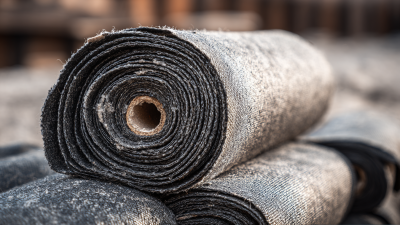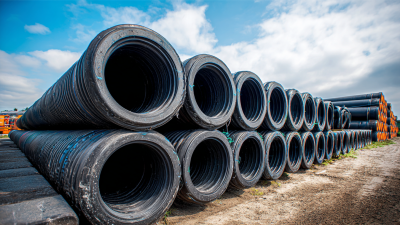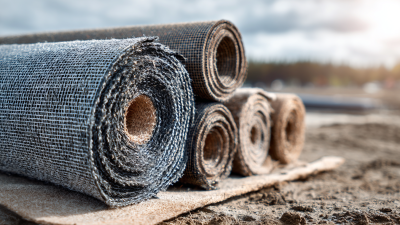Nonwoven geotextile fabric has emerged as a pivotal solution in addressing soil erosion and enhancing the longevity of infrastructure. According to the Federal Highway Administration, soil erosion can significantly damage transportation networks, costing the U.S. economy approximately $18 billion annually in maintenance and repair expenses. Nonwoven geotextile fabrics, with their superior filtration, separation, and drainage properties, play a crucial role in stabilizing soil, thereby preventing erosion and sediment displacement. A report by the Geosynthetic Research Institute indicates that the use of nonwoven geotextiles can reduce erosion rates by up to 80%, offering a sustainable approach to soil management. Furthermore, these materials contribute to improved drainage systems, which is vital for extending the lifespan of civil engineering structures. As the demand for sustainable construction practices grows, understanding the impact of nonwoven geotextile fabric becomes essential for effective soil erosion control and the sustainability of infrastructure.
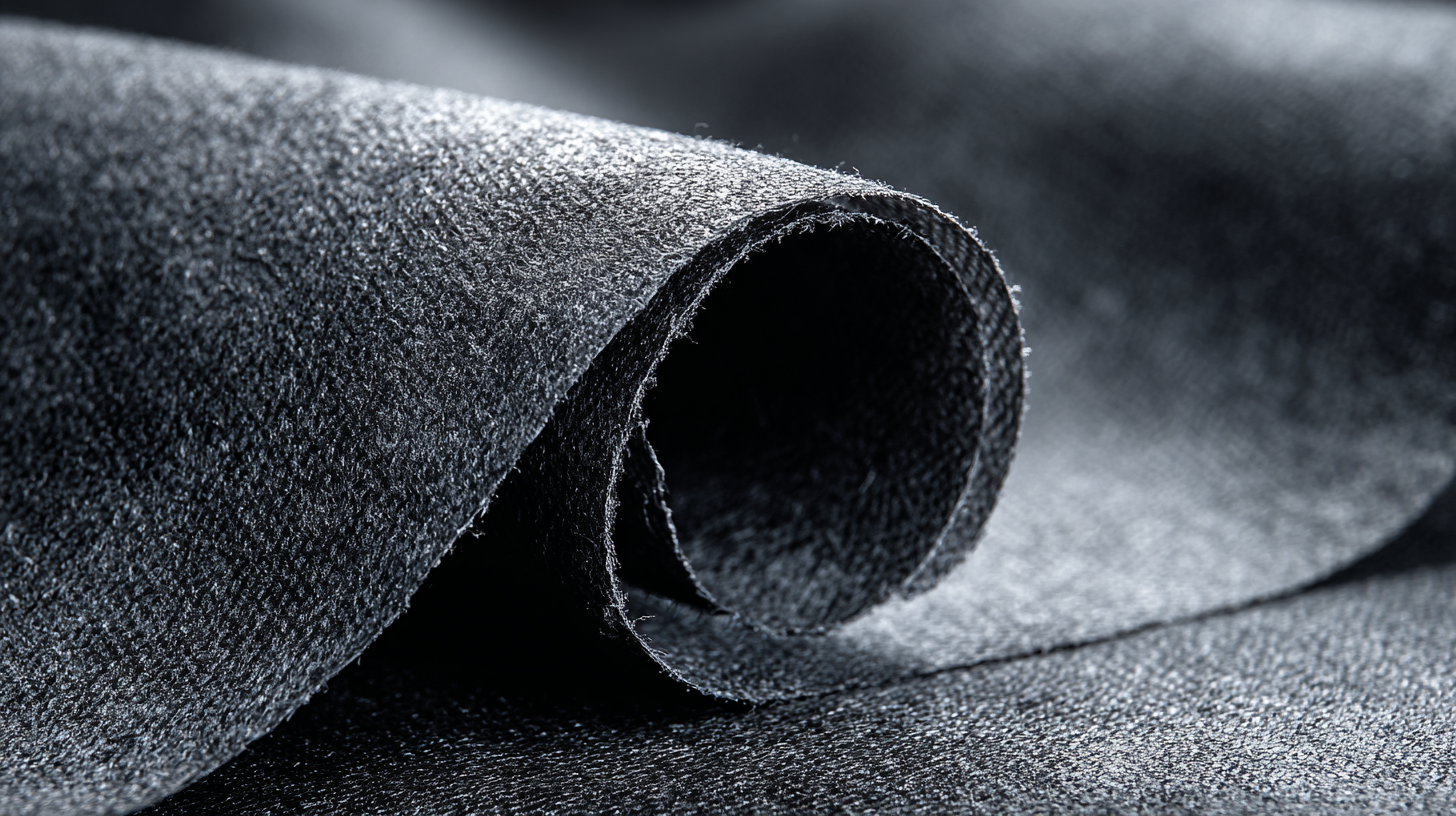
Nonwoven geotextile fabric has emerged as a vital material in various applications, particularly in soil erosion control and infrastructure longevity. Recent reports indicate that the nonwoven geotextiles market is experiencing significant growth, with applications in civil engineering becoming increasingly prevalent. These materials are designed to provide essential functions such as filtration, drainage, and reinforcement, significantly improving the stability and longevity of infrastructure projects.
The unique structural properties of nonwoven fabrics, including high porosity and flexibility, make them particularly effective for filtration purposes. Their ability to enhance dust filtration performance has been optimized in recent innovations, contributing to environmental sustainability. Furthermore, studies highlight that the deployment of geosynthetic materials in areas prone to soil erosion can substantially reduce degradation, supporting the integrity of roadways and drainage systems. As infrastructure demands escalate, the integration of nonwoven geotextiles becomes critical not only for environmental protection but also for ensuring the durability of constructed elements.
Soil erosion is a significant environmental concern, affecting agricultural productivity, water quality, and infrastructure stability. Various mechanisms, such as water runoff, wind, and human activities, contribute to this degradation. According to the U.S. Department of Agriculture, erosion can reduce soil productivity by up to 50% over a span of 30 years, presenting a critical challenge for land stewardship. Nonwoven geotextile fabrics offer a promising solution by providing immediate erosion control while promoting vegetation growth, thus enhancing soil structure and stability.
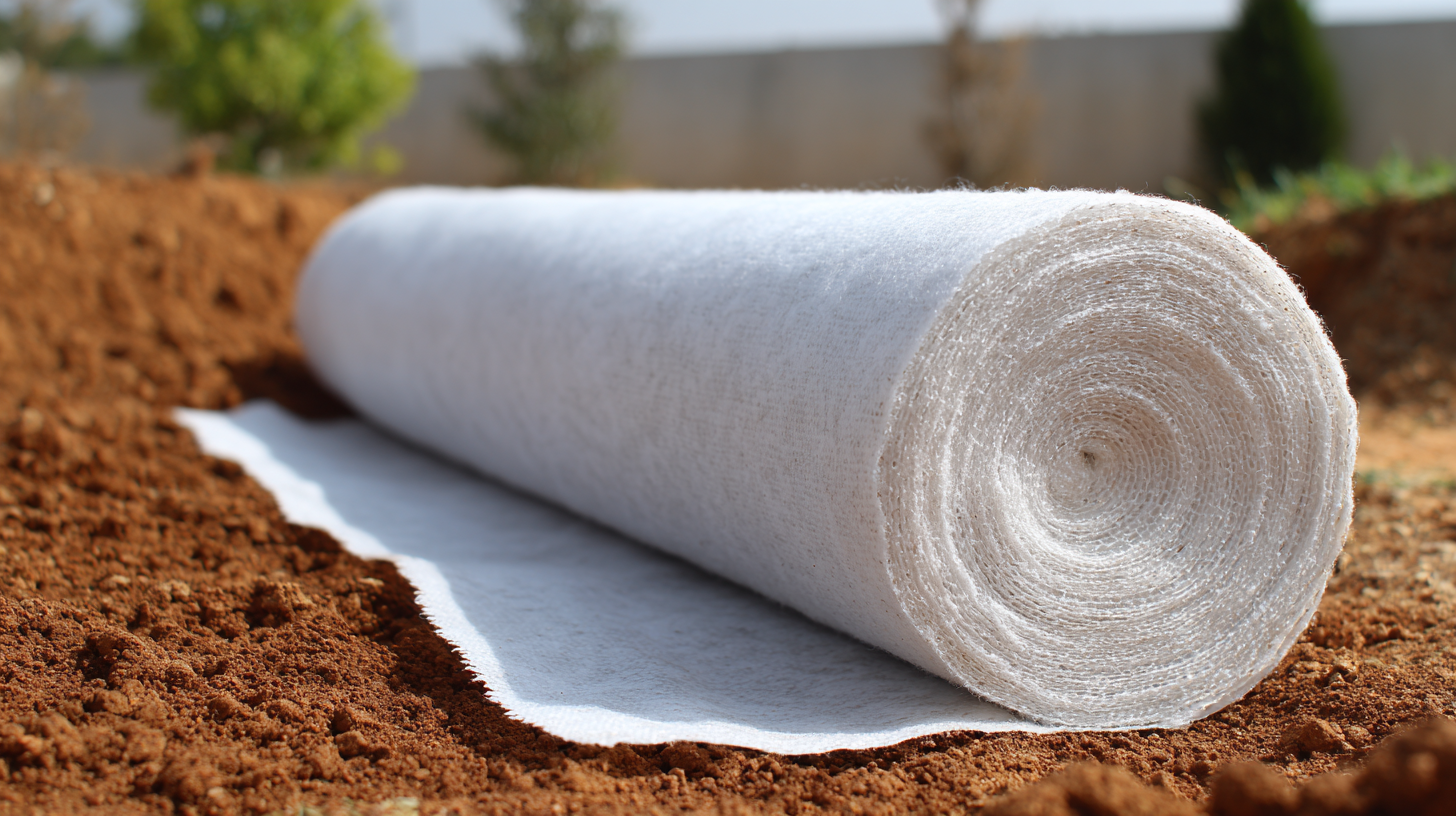
Nonwoven fabrics function by creating a protective barrier over soil surfaces, preventing the detachment and transport of soil particles. These materials are designed to manage water movement and sediment transport effectively. Research from the International Erosion Control Association reveals that utilizing nonwoven geotextiles can reduce soil loss by up to 90% in certain applications, significantly mitigating the impacts of stormwater runoff. Moreover, the installation of these fabrics aids in the reinforcement of slopes and embankments, leading to longer-lasting infrastructure and reduced maintenance costs. By integrating nonwoven geotextile fabrics into erosion control strategies, communities can effectively safeguard their landscapes and enhance the longevity of critical infrastructure.
The utilization of geotextiles significantly enhances the longevity of infrastructure by providing essential functions such as separation and reinforcement. According to research, soil reinforced with geosynthetics exhibits improved stability and erosion protection, which are critical in maintaining the structural integrity of roads and sidewalks. A field experiment involving vegetation-wicking geotextile-reinforced bases demonstrated a noticeable reduction in moisture content, resulting in an increased resilient modulus of the pavement structure. This indicates that wicking geotextiles can effectively mitigate water-related damage, prolonging the lifespan of permeable sidewalks.
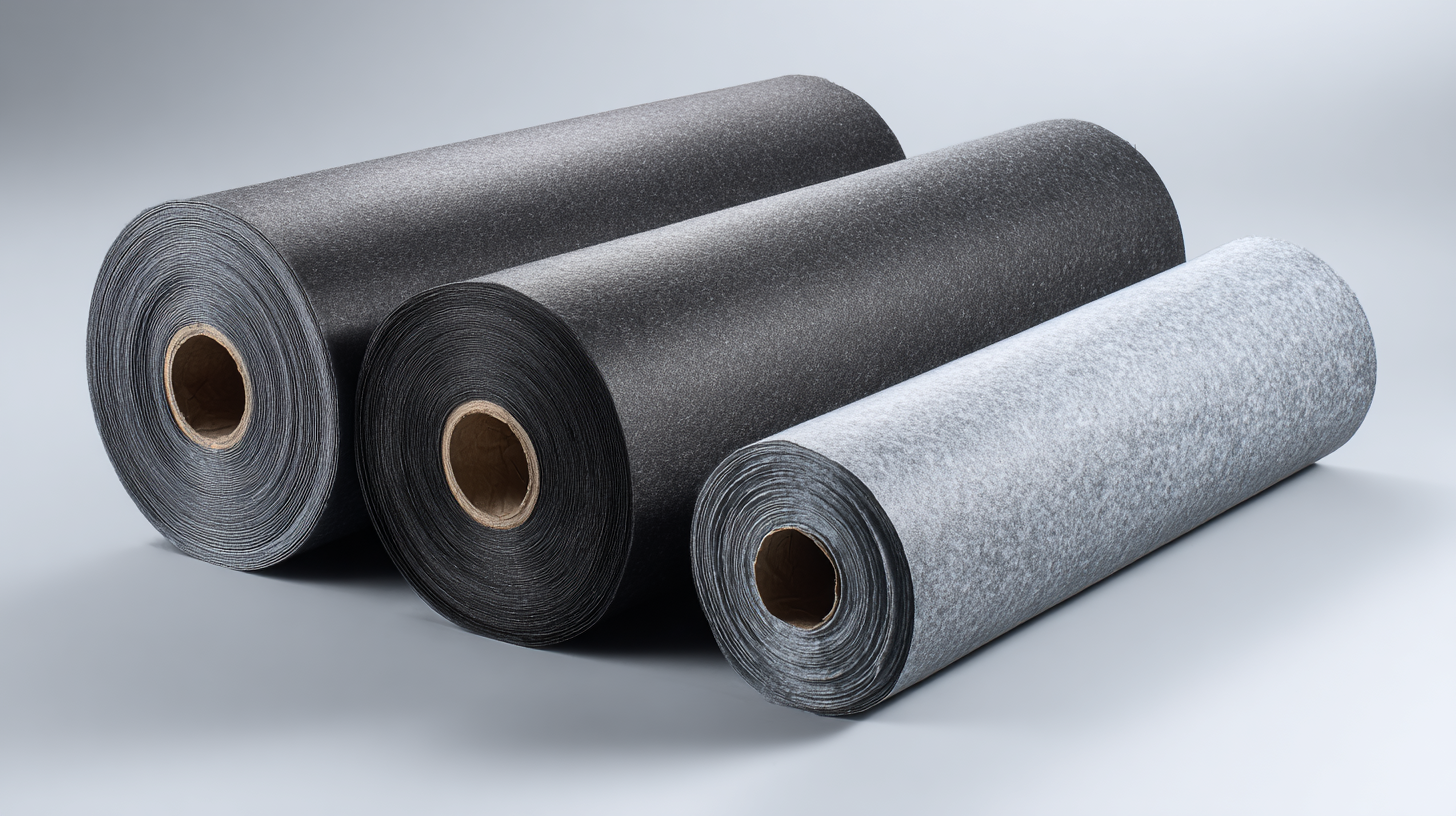
Tips: When considering materials for infrastructure projects, it's essential to choose eco-friendly options like geotextiles. Their polymer compositions, while raising environmental concerns, also offer a sustainable alternative that contributes to soil retention and enhances drainage effectiveness. Regular inspections and maintenance of geotextile installations can further optimize their performance and extend the life of the infrastructure they support. By integrating geotextiles into design plans, engineers can significantly improve the resilience of their projects against soil erosion and water infiltration.
The use of nonwoven geotextile fabrics has become increasingly significant in erosion control and infrastructure longevity. Case studies reveal their successful application in various environments, particularly in landfill projects where they serve a crucial role in waste containment and environmental protection. These fabrics effectively manage water flow and soil stability, minimizing the risk of erosion—a critical factor as urban development continues to expand into vulnerable areas.
Tips for successful implementation include ensuring proper installation techniques to maximize fabric performance and longevity. Additionally, it's essential to conduct thorough site assessments to choose the right type of geotextile for the specific environmental conditions. As the market for geosynthetics grows, with projections indicating a substantial increase in value by 2026, awareness of using sustainable and biodegradable materials can help mitigate the environmental impacts traditionally associated with synthetic fabrics. Such practices not only enhance erosion control efforts but also promote a greener approach to infrastructure development.
This bar chart illustrates the effectiveness of nonwoven geotextiles in reducing soil erosion across different case studies. The percentage of soil erosion control achieved is shown for various projects over a span of years.
As the demand for sustainable solutions in civil engineering grows, the role of nonwoven geotextiles continues to evolve. Recent innovations in nonwoven geotextile technology have focused on enhancing soil stabilization and erosion control, with studies indicating a reduction of soil erosion by up to 75% when these fabrics are applied effectively. Materials such as biodegradable nonwovens are emerging, designed not only to protect but also to decompose over time, minimizing environmental impact.
**Tip:** When selecting nonwoven geotextiles for your project, consider the specific soil characteristics and climate conditions to enhance their performance and lifespan.
Future trends point towards the integration of smart technologies within nonwoven geotextiles, enabling real-time monitoring of soil stability and moisture levels. Such advancements could improve the longevity of infrastructure by allowing for proactive maintenance and timely interventions. According to industry reports, the market for smart geotextiles is expected to grow at a compound annual growth rate (CAGR) of 15% over the next five years, reflecting a shift towards more intelligent engineering solutions.
**Tip:** Stay updated on the latest sustainable materials through industry webinars and conferences to ensure your projects utilize cutting-edge technologies.
